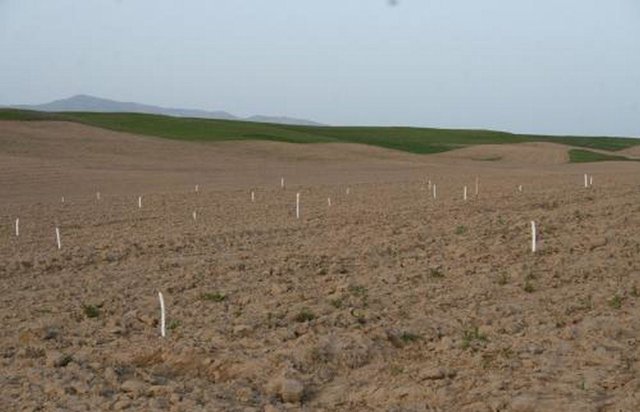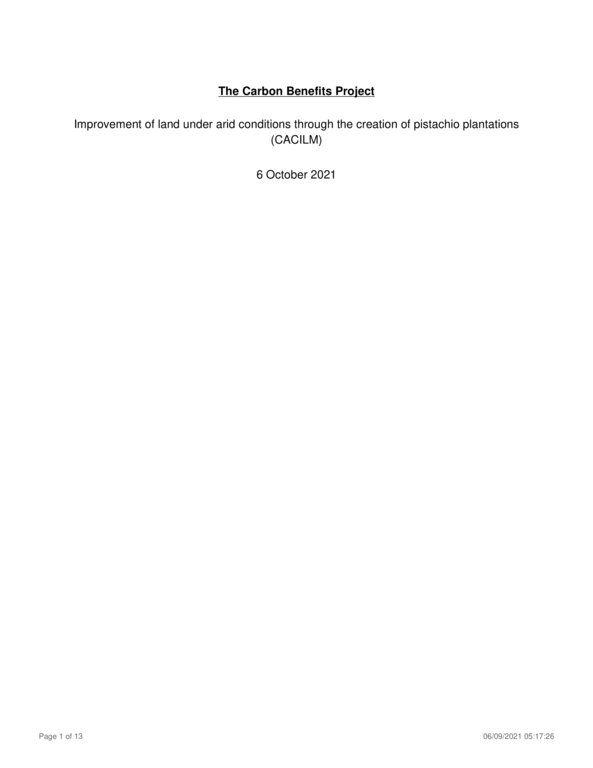CBP
Carbon Benefits Project (CBP) Summary Module
Technology: Improvement of land under arid conditions through the creation of pistachio plantations (CACILM) (Central Asian Countries Initiative for Land Resource Management (CACILM))- Creation:
- Update:
- Compiler: Eleanor Milne
- Editor: –
- Reviewer: Tatenda Lemann
cbp_6145
Completeness: 100%
1. General information
2. Carbon Benefits Project (CBP) Assessment
Links and modules
Collapse allLinks

Improvement of land under arid conditions through the … [Uzbekistan]
This technology is aimed at the creation of pistachio plantations on gentle slopes to improve the land’s productivity and to rehabilitate the arid land in the hill zone.
- Compiler: Rustam Ibragimov
Modules
No modules


